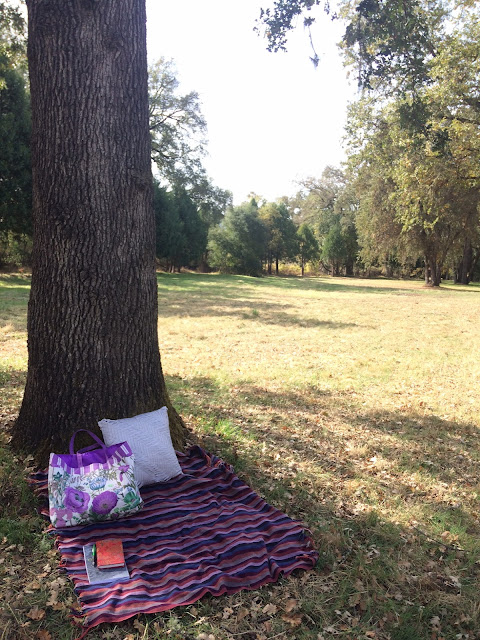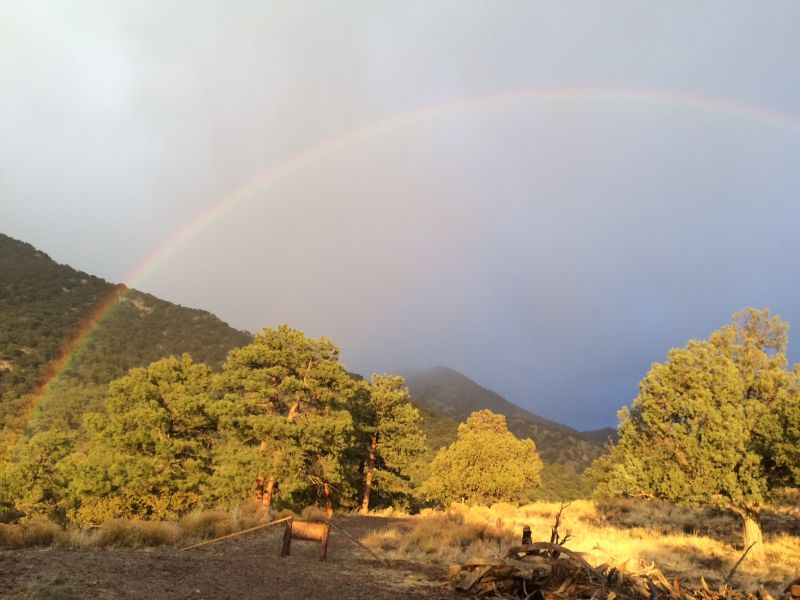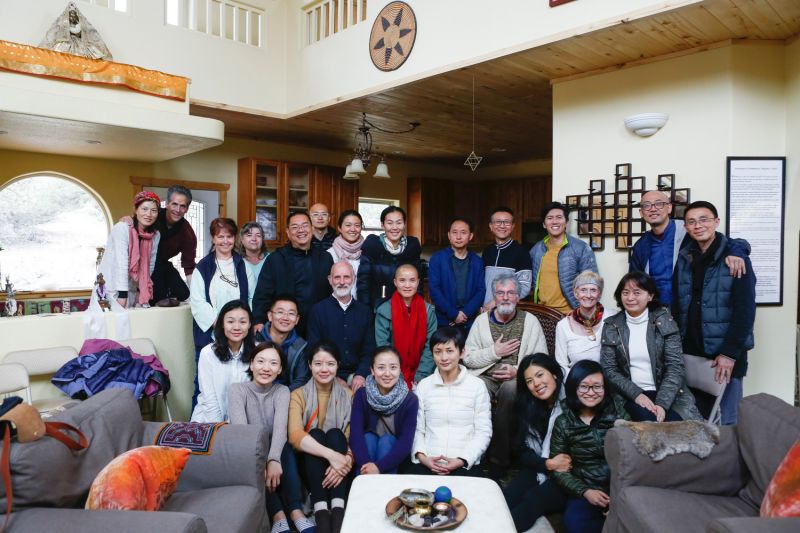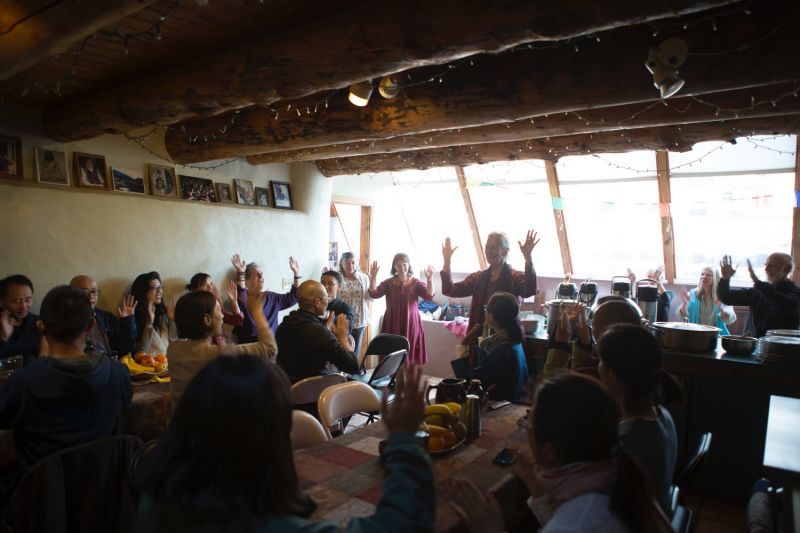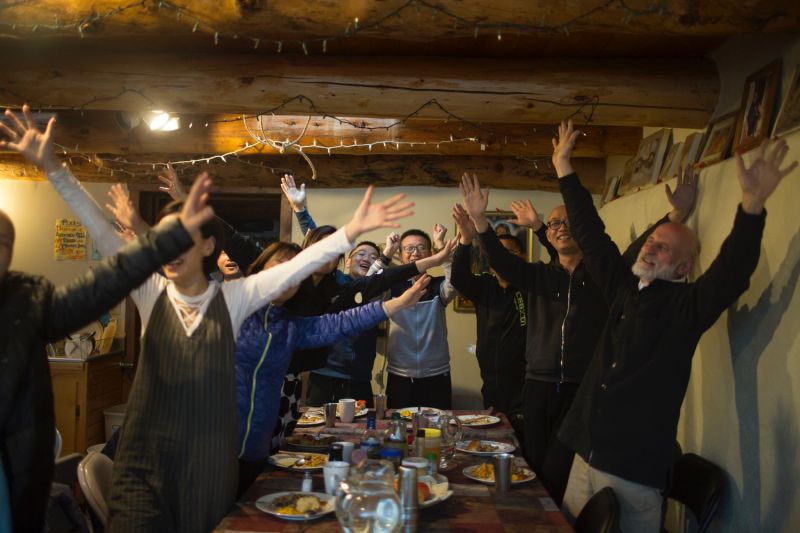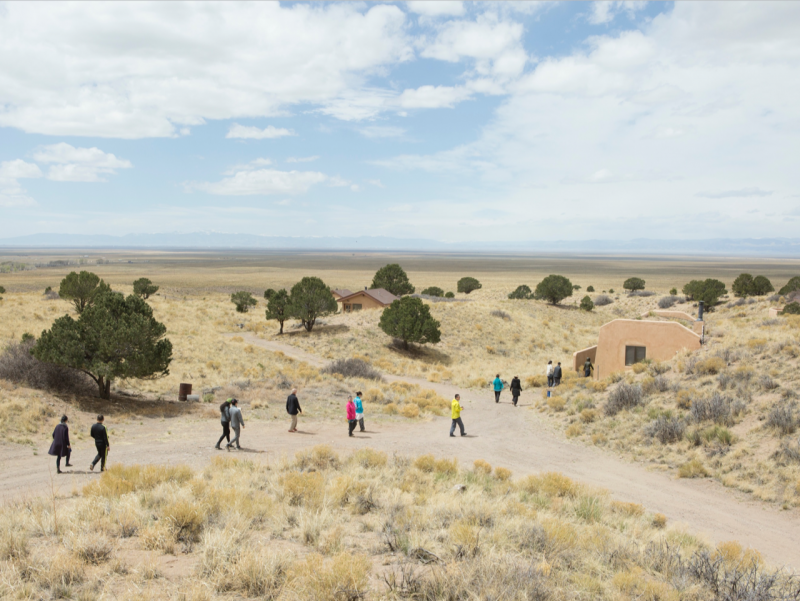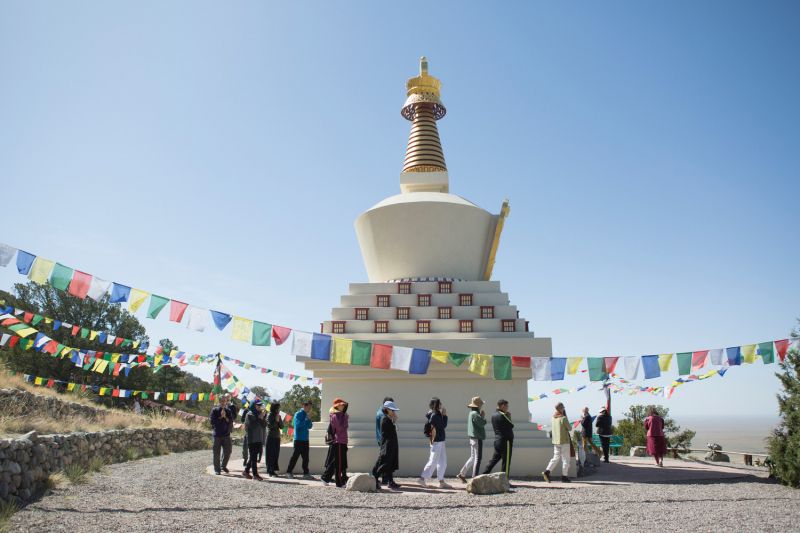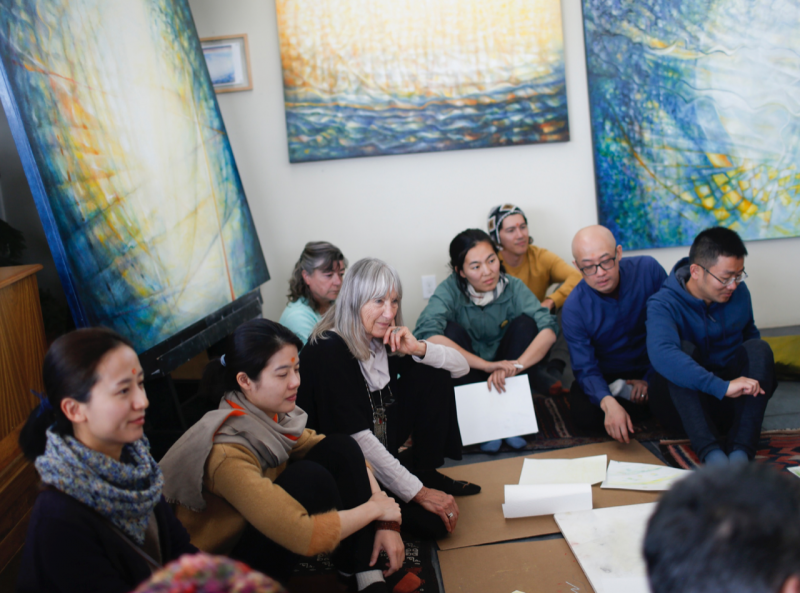[This essay "Authenticity in Virtue" is drawn from the reflections intrigued by the book, The World as Will and Idea, by Arthur Schopenhauer, a German philosopher. It was read in Comparative Hermeneutics class at DRBU]
Imagine living without the expectation to be virtuous; society doesn’t govern your behavior, friends and family only wish that you enjoy yourself freely, and you don’t hold the belief that doing good deeds is the path to Heaven or the Pure Land. In short, you are not burdened with the obligation to be a virtuous person. Are you still inclined to be a virtuous person anyway? By “virtue,” I mean genuine goodness.
In The World as Will and Idea, Schopenhauer states that it is foolish to expect a moral and ethical system to inspire virtue and nobility in humankind. He writes, “Virtue cannot be taught any more than can genius” (175). He goes on to state, “The will, considered purely in itself, is without knowledge and is merely a blind, irresistible impulse,” and that life, the visible phenomenal world, is “only the mirror of the will” (176-177). Then the true virtuous acts experienced in life must arise from free will. But before jumping to the conclusion that humans are innately good, it must be acknowledged that immorality also arises from the same will.
To borrow the analogy of the inner garden, imagine virtue as the beautiful flowers, and immorality as weeds. Using this analogy leads to a series of questions: How do I tend my inner garden under the influence or even dictation of a blind and impulsive will? Is the will subject to change? Can virtue be cultivated in the garden of will?
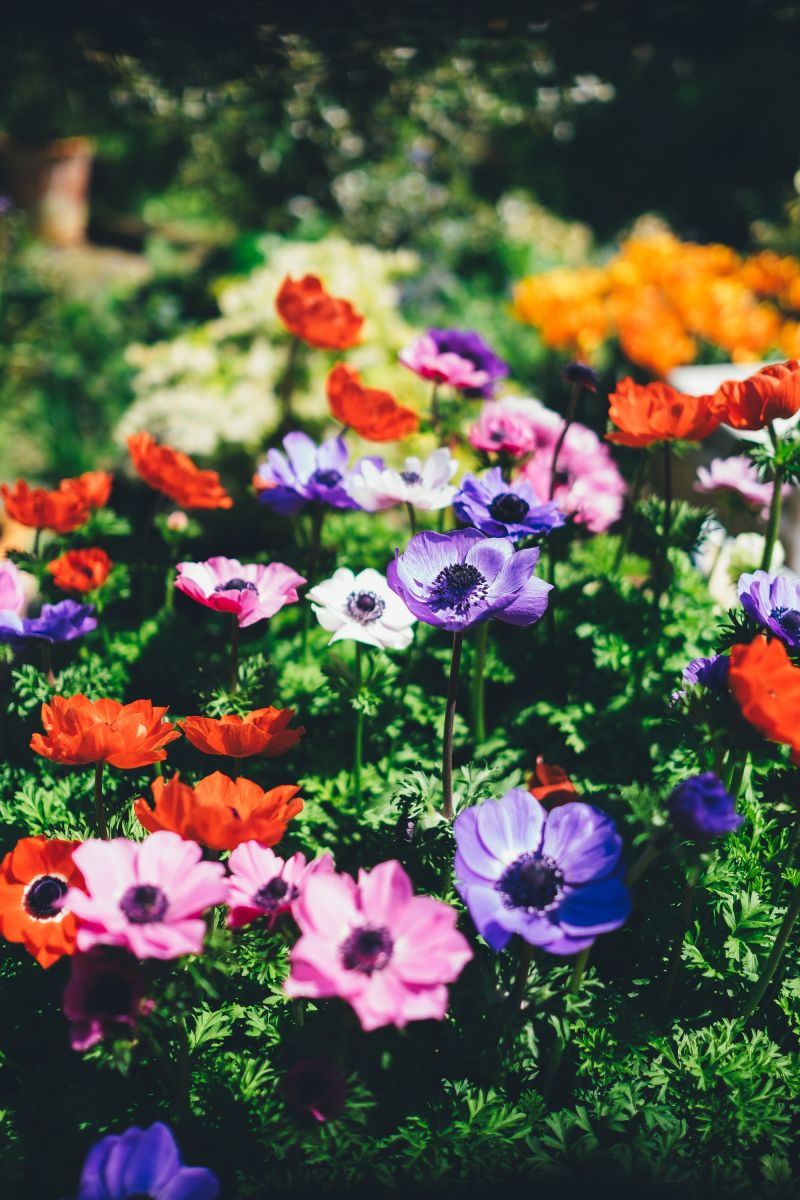
VIRTUE and WILL
Why do all sentient life forms, great or small, want to live? Have you ever observed ants? One time, the busy ants around an anthill caught my attention. They hurried in and out of the entrance frantically as if a supreme guest was due to arrive. The route set out by the ant hunter-gatherers stretched far. Out of curiosity, I walked off the road and followed their path, but I could not see the end of it. My eyes settled on one ant, which carried a large white shell, almost three times larger than its own body. Under the sizzling sun, that ant went up and down, unceasingly, over dry leaves and twigs (talk about a bumpy road!). It was truly a long journey home. Up and down...up and down...up and down.... I began to root for that ant while following along. Finally, home was close! As that ant approached the entrance of the anthill, no one was waiting there to applaud its admirable endeavor (though it was heroic to me). After the ant quietly disappeared into the entrance, I looked back at the trail. Several ants were approaching home, all carrying shells or grains much larger than their own bodies. Though there was no fanfare to herald their arrival, they were determined. What motivates the little ants to work so hard?
Schopenhauer would probably answer that it’s “the will to life,” which gives the ant the key to the actions of its body, and its body is just a condition of the knowledge of its will (32, 34). “What the will wills is always life,” and “life is nothing but the representation of that willing.” “The will to life” could mean an innate force that propels sentient beings toward their vital existence to the best of their knowledge or their instinct.
To use my own mundane existence as an example: If I am thirsty, I’ll look for water; if I am hungry, I’ll look for food; if I feel fear, I’ll flee or fight. I breathe in, breathe out, breathe in, breathe out, in a rhythm that’s not agreed upon based on my conscious consent. In a sense, I am being kept alive. The “will to life” is in me, in you, and in all sentient beings. Do sentient beings run on separate wills to life? In other words, I’m led by my “will to life,” you by yours, and they by theirs? If this is so, the world would be a competitive, conflicting, and chaotic place with all the separate “wills” competing to run the show by controlling their respective “puppets,” a myriad of living forms.
True, there is no shortage of violence and hypocrisy in this human world competing for control, but virtue, or genuine goodness, also exists, even prevails in some places. There must be an innate pull in human instinct toward virtue. If a virtuous act is stripped of the karmic veil, the future rebirth fantasy, social norms, and mere rote courtesy, what is still left in it that would motivate us to be virtuous? To put it more plainly, would you lend a hand to a complete stranger purely for the sake of the stranger’s wellbeing? Why?
Years ago, when I traveled alone in central Italy, I boarded a train as the only passenger. Neither the train operator nor the conductor spoke a language I could understand. I asked nonverbally if I could sit in the operator's room upfront to watch the train tracks, they agreed. It was late at night when I was dropped off at a small dark station where there was not a single soul in sight. I could hear wild animals howling in the distance. Without being asked, the operator and the conductor both got off the train and made a long phone call communicating with my local contact to make sure that someone was coming to pick me up. Then they left.
Why wouldn’t they leave me without knowing I would be safe? They treated my safety as if it were their own. In their voluntary effort to help me, I saw no sign of any religious fervor or a rote gesture of courtesy, but only authenticity. That authenticity must come from “a direct intuitive knowledge, which can neither be reasoned away, nor arrived at by reasoning” (232). It has to be a deeply felt inner movement that’s beyond a view, an idea, or a sense of guilt or fear.
It’s very unlikely that I would meet the train operator and the conductor again, but their kindness, with no strings attached, will always stay in my heart. Stories like that consistently bring me back to the vision of humanity tending to a collective inner garden of virtue. Granted, there is no shortage of weeds, but the same applies to the flower seeds. Imagine that all sentient beings sow their flower seeds in this collective inner garden, and water them together. With all the attention continuously going to the growth of the flowers, a beautiful garden will take shape with all kinds of flowers flourishing, fragrance permeating the air, bees and butterflies hovering.
VIRTUE and the WEB of LIFE
What enables sentient beings to connect with one another? Schopenhauer uses a lantern metaphor to illustrate the relationship between a multitude of phenomena and “the will to life.” “Just as a magic lantern shows many different pictures, but it is only one and the same flame which makes them all visible.” There is only one will that manifests itself in “the endless diversity and variety of the phenomena” (79). If there is only one will to life, then all phenomena and beings must be interconnected in a way. That means to judge if an act is virtuous or not, we must assess it among all things in the web of life.
For example, I cannot say I’m virtuous by offering a hungry homeless person a sandwich everyday purchased with the money that I stole from another person. In Responsible Living, Dr. Ron Epstein tells a story about a Chinese-American woman who ran a lucrative business with her husband to sell barbecued poultry in San Francisco Chinatown, and meanwhile made respectful offerings daily at a temple for years, but still couldn’t escape her fate of being barbecued to death with her husband in a fire like fried chickens in their own apartment (Epstein 20). Therefore, true virtue must arise from the consideration of the whole web of life where all beings and phenomena are interwoven.
Then, does virtue have a limit? Someone might say, “I can only be virtuous to this extent or be kind to this many people in my own community. I’ve reached my limit.” Should virtue have a limit? Schopenhauer thinks not, for “according to the true nature of things, everyone has to regard all the suffering of the world as his own...as long as he asserts life with all his energy” (218). “Everyone has to regard all the suffering of the world as his own.” What a bold statement! Does “has to” mean any one of us has no other choice, but must pay attention to all the suffering as if they were our own?
Years ago, I visited a Chinese environmental filmmaker who was filming the plastic recycling facilities in a Chinese village (Film: Plastic China). The whole village was like a giant dump, with dead fish floating in a dark foamy river, the smell of trash and burned plastics thick in the air, and running water that was unsafe for cooking. In the piles of plastics processed at one family facility, I saw brands from Trader Joe’s, Safeway, and Whole Foods. How did they get here when these stores are located on the other side of the planet? After the plastics were washed, the dirty water went right back into the river. Some of the non-recyclable plastics were burned by the rice fields causing black smoke to rise high into the sky. In the middle of the village stood a tall billboard, which read The Center for Renewable Resources. The billboard boasted images of tidy facilities, green trees, and a beautiful blue sky. But the sky above the billboard was gray, and the village was overrun with garbage.
My experience in that village shook me deeply. Later, when I read about a whale found dead on Stinson Beach north of San Francisco, its stomach full of plastics, I cried in the quiet night. The pain was deep. I became aware that so much production, waste, competition and violence are due to our greed, not necessity. I began to think critically about material goods; where they come from and where they end up when no longer considered useful. How much harm has been caused during their extraction, manufacture, consumption, and discard? Even a single-use plastic straw could contribute to the death of ocean creatures. Thus, true virtue goes beyond friends and family in our own community, beyond the human-centered civilization or de-civilization, but must extend to all beings in the web of life.
CONCLUSION
If Schopenhauer is correct, virtue cannot be taught. It exists even when there is nothing to be gained by being virtuous. It exists outside of social or religious connotations and burdens because Schopenhauer’s virtue springs from his concept of will and “the will to life.” He interprets life, the entirety of the visible phenomenal world, as the manifestation of the will, a “mirror of the will.” All the true virtuous acts in the world must come from that will, not being imposed by teachers, religion, or other constructs of society.
The phenomenal world and virtuous acts that individuals perform within it are all connected under one will in the web of life. It is all in the same garden. Within this interconnectedness, can an individual be authentically virtuous or be virtuously authentic? Clearly there is no simple answer, but the inquiry into the authenticity in virtue itself may help humanity open up more to the potential of cultivating a collective inner garden of virtue and living in harmony with all sentient beings in the web of life.
(This essay was also published in Mirror Flower Water Moon (鏡花水月), Fall 2019, p.47)
Works Cited
Schopenhauer, Arthur. The World as Will and Idea. Berman, David, editor. Berman, Jill, translator. J.M. Dent, The Everyman Library. 1995
Epstein, Ron. Living Responsibly. Explorations in Applied Buddhist Ethics -- Animals, Environment, GMOs, Digital Media. Buddhist Text Translation Society. 2018
Film: Plastic China, WANG Jiuliang, 2018.

